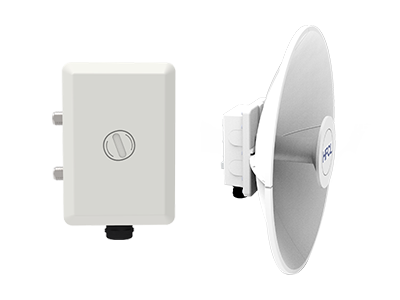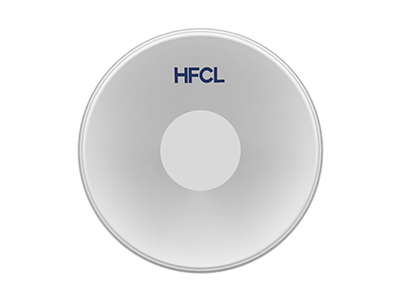Subscribe to Our Updates
Join our community and be the first to receive exclusive insights
You are subscribed now!
Products
Solutions
Resources
Software Platforms
WiFi



Point-to-Multi-Point UBR extends your fiber core to multiple locations.
The number of clients a PtMP (Point-to-Multipoint) hub can support depends on the radio model, frequency band, and channel width. For ISPs and enterprises, selecting a hub with sufficient capacity ensures consistent performance for all connected endpoints, supporting applications like VoIP, video streaming, IoT, and enterprise data services.
PtMP radios are widely used for last-mile connectivity, campus networks, industrial, and Video surveillance projects. ISPs deploy PtMP radios to extend fiber networks cost-effectively to homes and businesses. Enterprises leverage them for branch connectivity, outdoor wireless coverage, and secure multi-site communication. By combining scalability, flexible deployment, and reliable throughput, PtMP radios address connectivity needs where fiber installation is challenging or time-consuming.
PtMP radios offer a faster, more flexible, and cost-efficient alternative to fiber for last-mile connectivity. While fiber provides ultra-high bandwidth and low latency, it may be expensive or difficult to deploy in remote or urban areas. PtMP radios deliver multi-gigabit performance, rapid deployment, and simplified expansion, making them ideal for connecting multiple clients over short, and medium distances.
PtP radios are the best choice when:
They offer faster time-to-market and lower TCO (Total Cost of Ownership) compared to fiber in many scenarios.